History and Timeline of Drouin Secondary College 1953 – 2010
Until 1953, the large West Gippsland area was serviced by only Leongatha and Warragul High Schools and Wonthaggi andYallournTechnical Schools. As there was a quota on entry into Form 1 (Level 7) at Warragul High School, and with not every school being serviced by buses, students had the choice of either leaving school at 14 after completing their education at their local school, or boarding in Warragul and continuing with their education.
1953
In response to the need for another high school, Drouin Central Classes was established in 1953. There were 166 students in three mixed forms: 1A, 1B, 2B, plus 44 boys in 1T, the technical studies group. Classes were held in four rooms in the block at the back of Drouin Primary School. Art, Science, Needlework (using treadle sewing machines) and Geography each had a room. Other classes were spread between the RSL Hall, Methodist Church, and Scout Hall.
At the end of the year, the 1T students moved to Warragul High School in order to continue their Technical studies.
The Central Classes 7 staff consisted of University graduates, Primary School teachers, and some were from Secondary Teachers’ College. The Headmaster of the Primary School, Mr Baker, was also responsible for the Central Classes. He was later replaced by Mr T. Russell.
The school opened without any furniture or equipment. Within weeks, desks, tables and chairs had been borrowed sufficient to seat most pupils. Trestle tables and stools accommodated the remainder. By the end of April, new furniture began arriving. Painting of the rooms began in September.
With eyes firmly fixed on the future, seventeen acres of land was purchased on South Road Drouin, from the estate of Mr Robbins, as the site of the proposed Drouin High School.
The school magazine “The Highway”, named by Rosemary Stafford, began publication in this year.
From the very start, fundraising by parents, students and staff was essential. Lunch stalls were run to raise money for running spikes for the school Athletics carnival. The school Fair raises 48 pounds.
1954
A highlight for the students in 1954 was the visit to Warragul by Her Majesty Queen Elizabeth and His Royal Highness Prince Phillip. All school students were at the Warragul showgrounds for the day in order to see the royal visitors.
Central Classes curriculum was broadened through the assistance of staff at Warragul High School, who provided Woodwork classes for the boys, and Cookery classes for the girls.
Arrangements for a school uniform were made. The boys’ uniform was a grey suit and Air Force blue shirt with a plain tie. The girls had navy, box pleated reversible tunics for winter, and navy dresses with white collar cuffs for summer, together with a navy blazer, beret and tie.
The school song, composed by Mrs Wells, was sung in public for the first time at the investiture of prefects in the Drouin Mechanics Hall.
Many activities were available to students. The school ran the following clubs: Dramatic, Social Service, Choir, Stamp, Public Speaking, Gould League, Red Cross, Games, and Art. Many guest speakers and excursions also enlivened the school curriculum. The highlight of the year was the annual school picnic at Picnic Point.
Sport was an important part of student life with much success to be had in inter school competitions. The students of Central Classes were organised into three Houses; Green, Red and Gold. Sports played included cricket, football, tennis, softball, vigoro and the non-sporting types could represent the school in marching. School sports were held on the Drouin township oval. Green House was the champion in 1954.
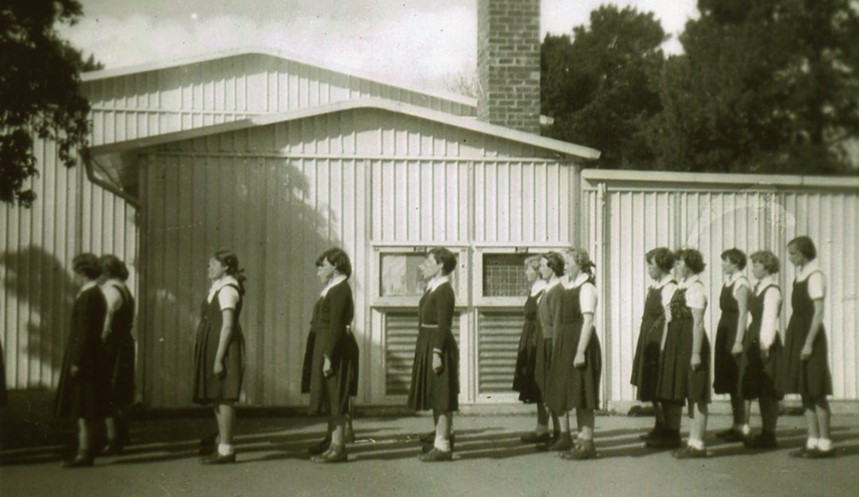
Students earned points for their Houses in a variety of ways, achievement in sport being only one of them. The Egg Appeal raised money for the West Gippsland Hospital and Red house came first in 1954 with 66 1/4 dozen eggs. Houses strived to reach high individual standards in the areas of Dress Inspection, which was held each week, Citizenship and Yard Duty.
Girls school uniform had a dark jumper and tie. Beret, tie pin and pocket badges, each with the school lyrebird emblem was introduced. Sports uniform was light blue for the girls, with a maroon hem and cord. Boys had a white shirt and pants.
1955
New Sports House names were proposed by Robin Parker, based on Australian poets; Red to be Dennis, Gold to be Lawson, Green to be Patterson.( In 1956 these names were adopted and a fourth house, Dennis, was created. Its colour was initially purple but later it changed to blue.)
A Grand Fair was held Saturday 26th March to raise money for the building fund. There was much to entertain attendees, including; stalls, sideshows, races, cookery, flower and vegetable competitions, refreshments, pet show, fancy dress and pony rides. Decorated bicycles, scooters, prams, and billy carts all vied for prizes.
- The first school Debutant Ball was held.
- Boys uniform changed to grey jumper and socks.
1956
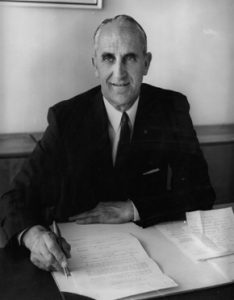
Mr Roy Barnes
In 1956 the Drouin Central Classes were renamed Drouin High School. Mr Roy Barnes commenced as the principal with a staff of 10, and a population of 232 students (142 girls, 90 boys) divided into four Form 1 classes, two Form 2 classes and a Form 3.
The school magazine was renamed “Woorail” which is aboriginal for “lyrebird”.
The Parents and Friends Association and The Advisory Council came into being.
An additional 10 acres of land for sports fields was purchased by the Education Department under the recommendation of the late councillor Alex Goudie, a tireless supporter of the school. As early as 1947 the site for Drouin High School had been surveyed by Don Roberts and Ken Goudie but the construction of the buildings didn’t begin until May 26th, 1956.
A play, “The Rose and the Ring” was produced by Miss M. Adair and involved 62 pupils. Programmes sold for a shilling. 114 pounds was raised. Not one costume was hired, they were all made, mostly by the sewing classes.
Girls multi-blue and white check summer dress was selected by a group of students and teachers.
Girls sports uniform changed from light blue to a red uniform with white shirt and cord to distinguish it from Warragul high School which also had a blue uniform.
1957
344 pupils.
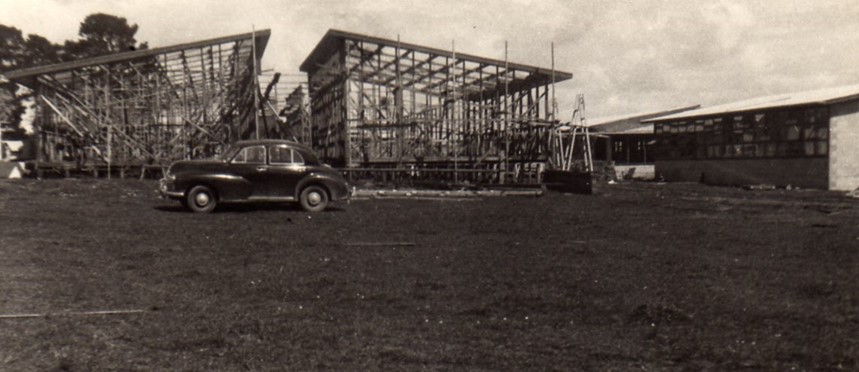
At the South Road site, Stages 1 and 2, consisting of 19 class rooms, were completed in 1957 at a cost of 200,000 pounds. There were general classrooms and a Domestic Science wing which had a kitchen and dining room, laundry and a demonstration room. Also provided were two needlework rooms with fitting rooms opening off them.

Official opening of Drouin High School. L to R, Messrs H. McKean (President Advisory Council), Hon.J.S.Bloomfield MLA (Minister of Education), L.J. Cochrane MLA, Roy Barnes (Headmaster), A. McDonald (Chief Inspector), Cr. J.C. Wells.
The school train commenced from Tynong to Warragul.
In 1957 the first school Swimming Carnival was held in the newly opened Warragul pool. Lawson won.
In July of 1957 construction of the school bus loop commenced.
School performance was “The Enchanted Waltz”.
1958
- The school year began with 426 students and 23 teaching staff.
Work on the school oval began.
The Tuck Shop opened for the first time – a roaring success with pies and pasties in demand. It was run by staff and senior prefects.
This year saw the graduation of the first students to pass right through from Central Classes to Drouin High School.
The school day was divided by a lunchtime break and morning and afternoon recesses.
1959
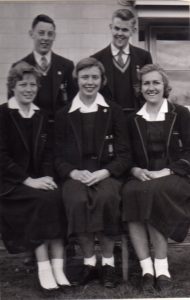
Form 6, 1959
- 503 students, 29 teaching staff. Typical class size was 32 pupils.
Stage 3 buildings were completed. Construction commenced on the Sports store and Sick Bay. The Tennis courts were constructed and used for the first time.
Much excitement ensued when tar, being melted at the back of the school by P.W.D. workers, inconveniently caught fire which quickly spread. The problem was compounded by the water to the school being turned off and the only person who knew where to turn it on, Mr Peter De Vries, was in Drouin purchasing parts for a Cookery Centre tap. He returned to school, racing behind the fire brigade and “saved the day” by turning the water back on.
The first S.R.C (Student Representative Council) met.
1960
- 516 students, 25 teaching staff.
- Stage 4 building, the Manual Arts wing, was finished and bike racks constructed.
- “The Rose and the Ring” was staged again (see 1956)
There was concern expressed about the high percentage of non-swimmers at the school and the lack of adequate swimming facilities in the nearby community. In February, a scheme for construction of a school swimming pool was put to, and endorsed by, the Parents and Friends Association. The estimated cost was 12,000 pounds. A Co-Operative Advancement Society was created and school fees increased by 30 shillings per year over 10 years in order to fund the pool. The pool was to be of standard Olympic design. The principal, Mr Barnes, was instrumental in getting plans for a swimming pool drawn up and the building program started. The pool would be named after him in 1984, in recognition of his vision and contribution.
Last edition of “Woorail” published.
1961
- 528 students
The swimming pool was built. The original site for the pool was to be by the school oval. Both the pool and the change rooms were open to the air. The facility is officially opened on 8th December.
The school plantation site at Rokeby was cleared. Pine tree plantations were a popular means of raising revenue for schools. Land was planted with trees and maintained by the school. Later, when the pines were felled for wood, profit would go to the school.
1962
- 545 students.
1963
- 551 students.
1964
- Proposed Assembly Hall project discussed by School Advisory Committee.
1965
- Mr Barnes retired as principal after 10 years of dedicated service to the school.
1966

Mr Clarrie Wilson
- Mr Clarrie Wilson was appointed principal.
- 600 pine trees planted at Rokeby plantation.
1968
- Mr Athol Saunder began as Deputy Principal
1969
- 642 students.
The school magazine resumed publication with a new name chosen by the students via a competition. “Proteus” magazine is named after the sea god who guarded Poseidon’s herd of seals. He could see into the future and would tell the truth, but you had to catch him first and this was made difficult by his ability to change shape.
This year also saw the start of the Remedial English program. This was to be a vital service for those students who were struggling with literacy.
1970
- 610 students.
The school Advisory Committee considered spending the Assembly Hall grant (supplemented by Committee contributions) on an Amenities Complex which had been suggested by Mr Wilson and Mr Saunder. This complex would consist of an Auditorium, Gymnasium, and Cafeteria. This was highly innovative for its time and required Education Department approval for the plans as a private contractor was to be employed.
New science classrooms at the end of E wing were constructed.
This year, for the first time, the first 4 levels of the school were not required to do the major exams of Merit, Proficiency and Intermediate.
The principal commented that since approximately one-third of the school consisted of students 17 years or older, thought should be given to the idea of the school becoming a “senior high school”.
1971
- 619 students.
1972
- 654 students.
Construction work on Auditorium and Cafeteria began. A Gymnasium would be built next to the pool change rooms. Through funds running out, the Gym ended up being only big enough to hold one badminton court (or half a basketball court).
1973
- 641 students.
Teacher Mr Jim Gregory took his first weight lifting class in the old boys’ shelter shed in middle of the cafeteria roundabout.
1974
- 668 students.
- Cafeteria and Gymnasium construction completed.
-
Gymnasium equipment installed. Console lighting installed in Auditorium, cost $3,375. Auditorium seating cost $10,000.
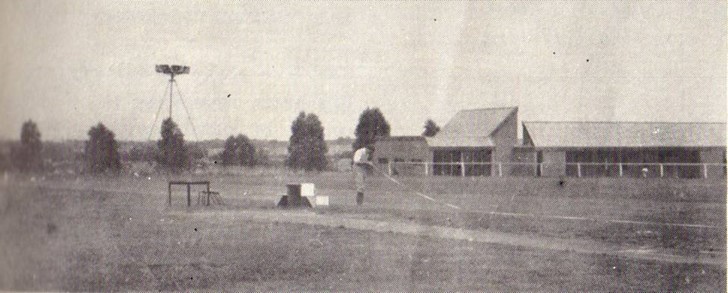
1975
- 663 students.
After a lapse of several years, the school magazine, “Proteus” was restarted under the guidance of teacher, Mr Keith Gillam and the student Magazine Committee.
1976
- 633 students.
- Drouin High School Advisory Committee became Drouin High School Council.
The meaning of the school motto “Finem Respice” was explained in 1976 Proteus magazine. Though many interpretations of these Latin words are possible, the favourites were: “Look to the end”, “Think about your future” and “Have firm aims and objectives in life”.
1977
- 586 students.
School was sub-divided into mini-schools – Senior, Middle and Junior. Each was under the charge of a senior staff member.
The school was also divided into “Levels”, eg. Form 1 became Level 7, Form 2 became Level 8 and so on. The designation, “Form” was still used for individual Forms eg 7A, 11D etc.
A new subject, Human Relations, was introduced at Level 10 at the instigation of teacher Mr Rob Collins, after consultation with parents and students.
The inaugural “Interama Reaction Show” was held. This was associated with the Interact Club, a service club raising money for good causes. The show began the school tradition of involving as many students as possible in school productions. It was a variety show with short skits, musical and comedy items. Students Rohan Hoult and Janet Heywood were comperes.
A school Fair was held in October.
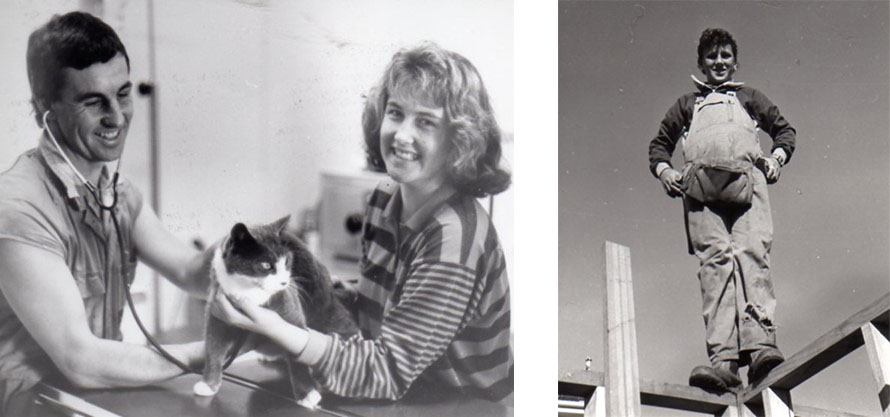
The Level 10 Work Experience Program was initiated. This program was very successful and would continue to be a highlight of every Level 10’s educational experience. It was designed to give students a taste of working life by placing them for a few days at a local business or with a local employer.
1978
- 577 students.
A subject electives system was introduced at Level 9 and 10.
Student Representative Council (S.R.C) re began.
1979
- 529 students.
Two classrooms in E wing were split, forming two remedial rooms and provision for a senior student private study.
Mr Clarrie Wilson retired in March after 13 years as principal. Mr Athol Saunders retired as deputy principal. Mr Alan Slatter was appointed as relieving principal until the end of the year.
A Fun Fair was held, raising $3,500 towards cost of heating the Cafeteria.
The International Year of the Child was celebrated with a “Cave-In” in the Labertouche caves. This was the first of many popular cave activities held over the next few years.
The Interama Show was held again. Items of dance were showcased for the first time.
1980
- 557 students.
Mr Tom McGrath began as principal. Mr Ron McCausland began as Deputy Principal.
The Physical Education department won a grant to purchase equipment for a Human Performance Laboratory. The Weightlifting shed was refurbished as a “Physiol Lab”.
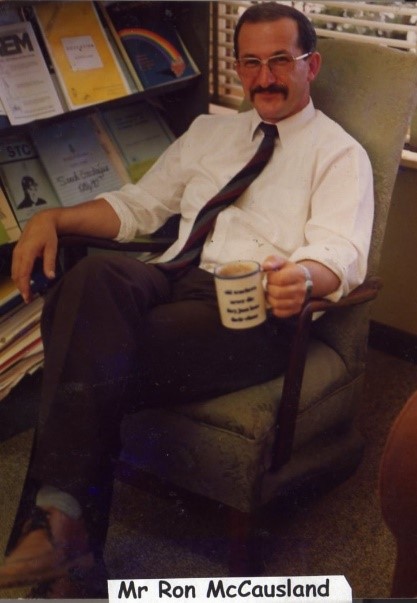
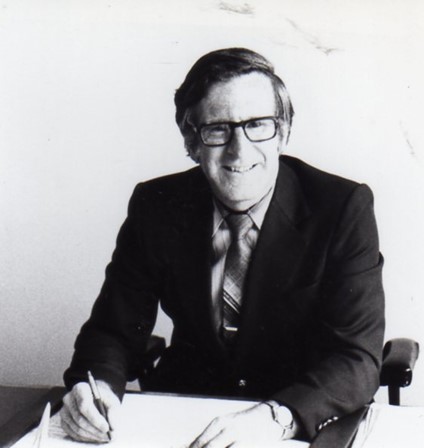
New girls winter uniform consisting of maroon tartan skirt, school jumper, and blue shirt was introduced as an option to the existing grey tunic. It was phased in over several years until it became compulsory.
1981
- 575 students.
At the beginning of Term 3 the “school train” ceased running and was replaced by buses.
Indonesian was no longer offered as a language at the school, due to difficulties staffing it.
An Interact Concert, organised by teacher Mr Mick Murphy, was run. It raised money for a new school video camera. An Interama Concert was also produced.
1982
The C.P. Wilson Arboretum was officially opened in April. The Arboretum was an area given to the display and cultivation of trees, and covered more than two hectares between the hockey oval and the school farm. Mr Wilson was the initiator of the project.
A full scale review of Drouin High School was conducted over Terms 2 and 3. Staff, students, parents and community representatives were involved in areas of review including curriculum and school facilities. Many meetings and much discussion occurred. The resulting suggestions and data collected by the various groups were provided to the External Review Board. The Board then assessed the school’s current situation and made recommendations for future changes and improvements. Over the next 12 months the Board’s recommendations were implemented.
1982 saw the school celebrate its Silver Jubilee. Past principal Mr Barnes spoke, as did past deputy principal Mr Athol Saunders (past principal, Mr Clarrie Wilson was unable to attend). The current deputy principal, Mr Ron McCausland talked about his work with the school Co-Operative.
1983
This year was the start of the “computer revolution” in the school with the purchase of 13 Vic 20 computers and the establishment of the first computer room.
Covering and heating of the school pool was underway.
1984
Student Representative Council (S.R.C) was re-established. Student members were elected from each level.Two non-voting teacher representatives attended meetings. The main fund raising effort was the school’s Casual Clothes Day.
“Be Keen, Keep Your School Clean” campaign was launched with much fanfare and good intentions.
“Kidstuff, a rock musical” was a production put on by the school. “The Mouse That Roared” was a show presented by senior students. They marked a change from the Interama variety performances of previous years.
Teachers Mr Chris Horsburgh and Mr Tim Wills successfully applied for government funding to help create a farm at the school. The popular Year 9, 10 and 11 Rural Studies was underway.
In April the pool was functioning as a solar heated indoor pool. The alterations cost $110,000. The pool was also open to the public after hours. Octopush (underwater hockey), waterpolo, Aqua-Aerobics, Canoeing, swimming lessons and practical Lifesaving were all activities undertaken in the pool.
1985
A Music and Drama course was offered for the first time.
The school’s arboretum was officially named in remembrance of the past principal, Mr Clarrie Wilson.
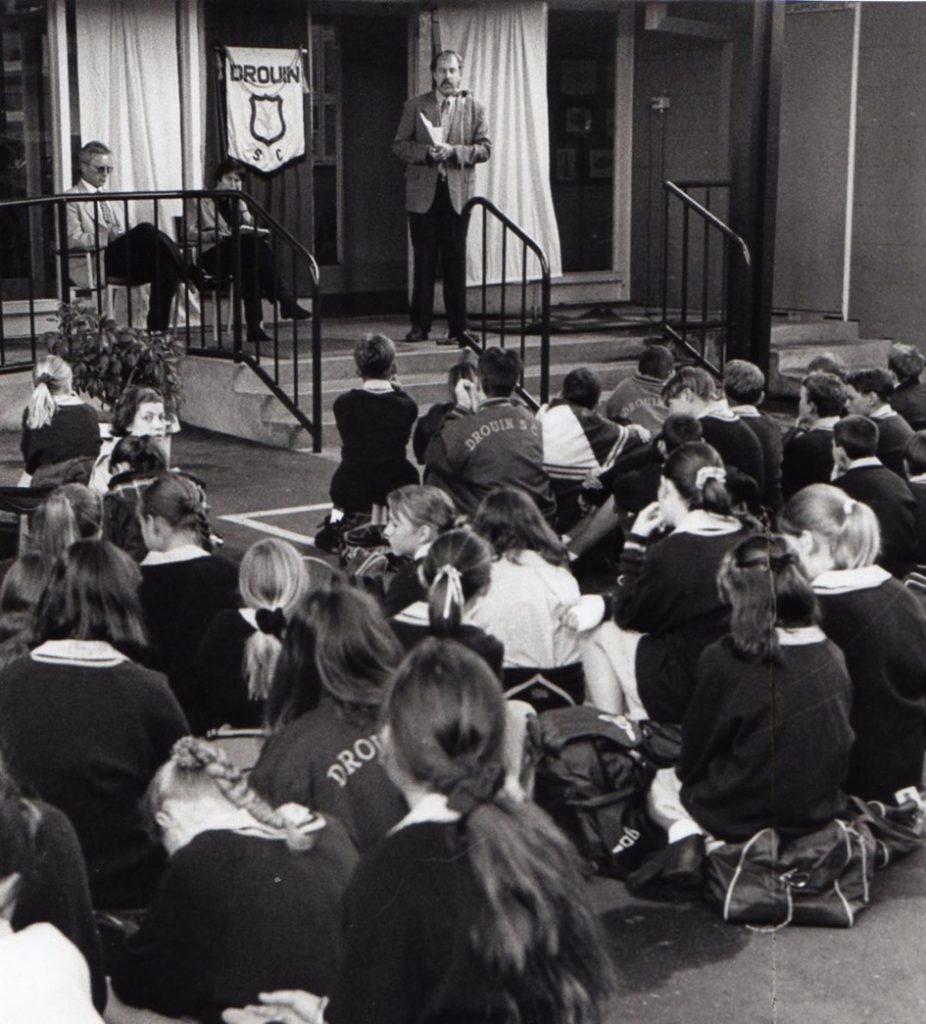
A long time planned roof was finally put over the quadrangle between the Textiles room and staffroom areas. This was to provide a more weatherproof area in which to hold school assemblies as the school population had long ago outgrown the 300 seat auditorium. The newly roofed area was referred to as “the covered quad”. At assemblies students usually stood in a row in their form group. For longer assemblies they sat but since this was usually on the rough sealed tarmac surface it wasn’t necessarily an improvement. (Chairs were only put out for long, formal assemblies). When it rained, water ran across the ground right through the assembly area. It was well known that when an assembly was called, it was bound to rain.
The school production was “Superman! Tthe Musical”.
The Music department took an innovative approach to raising money by opening the Drouin Lyrebird Cinema in December in the school Auditorium. Expertise and equipment was provided by a qualified local. Ordering films, selling tickets, selling food, advertising, audience supervision etc was all done by staff and volunteers. The cinema filled a big gap in local entertainment for youth and was keenly patronised.
RIB-IT (Reading In Bed – It’s Terrific) program was introduced to Level 7s. Initially run by the English department as a means of improving literacy, after several years it was taken over by the school Library staff.
1986
This year saw the last group of Level 12s to be called HSC (High School Certificate) students. From then on, both Level 11 and Level 12 would be VCE (Victorian Certificate of Education) students. This involved major changes in not only the content and type of subjects taught, but also how they were assessed and examined.
This was the last school year that was divided into 3 Terms.
The girls winter uniform now included the option of maroon cord pants or grey slacks.
1987
This was the first school year with 4 Terms divided into 2 Semesters.
Principal Mr Tom McGrath retired at the end of Term 2.
The first group of students doing VCE began. The first Computer classroom was established.
For the first time debutant balls were run on both friday and saturday nights to cater for the number of students wishing to do their deb.
“Life, Love and The Black Plague” was the first of many school shows written by the drama teacher, Julie Hayes.
1988
Mr Kevin Jenkins took up position of school principal.
A big event was the landing of a Navy Sea King helicopter on the school oval. The whole school turned out to watch. An ex-student, Joanne Salton, a recruiting officer, organised the event to advertise careers in the navy.
Drouin High School was invited to be part of the twin city arrangement with Barr Head in Canada. The SRC was to exchange information and form pen pals with Lorne Jenken High School and Harris Junior High School in Barr Head.
1989
“It’s Uncool” was the school production written by teacher Julie Hayes.
Skateboard Club was started and so was the construction of a large skateboard ramp placed outside the gym.
1990
At government request, the school name was changed from Drouin High School to Drouin Secondary College.
“Mates” was a school production written by teacher Mara Strante
The Staff/Administration area and school Library were part of an upgrade that saw the staff work area expanded, the Main Office and Administration area increased in size and moved to the middle of “A” wing. The Library moved from two adjoining rooms at the bus loop end of the Administration wing, to the opposite end of that same wing where it took over what used to be two large classrooms and the corridor.
1991
The new Library was in use.
Covered walkways were put in place and a sealed footpath laid down between the auditorium and the tennis courts
The school show was a Julie Hayes creation; “Hard Labour”. A “Red Faces” variety show was also produced as part of a Year 11 Communication project.
1992
The Deb Balls were extended to include both Year 10 and Year 11 students.
“Camp Flowers”, another Mrs Hayes original , was the school production.
1993
Upgrade of two rooms at the end of E wing created a Graphics area.
Part of the end of a wing from another school was moved to join on next to the existing Manual Arts wing. This was then renovated to provide a larger VCE study area and classroom. Work on creating a dedicated Technology room in the Manual Arts wing was begun.
Mr Kevin Jenkins retired as principal. Mr Ron McCausland was acting Principal until he also retired at the end of Term 1.
Mr Henry Ellis was then appointed acting Principal. Mr Carl Wagner became Deputy Principal.
1994
Mr Rod Dunlop was appointed Principal.
The College Knowledge started. This provided informative articles about the college and student activities, which were regularly placed as an insert in the local Gazette newspaper.
New Technology and VCE rooms opened.
“Time Wizards”, written by Julie Hayes, was this year’s production.
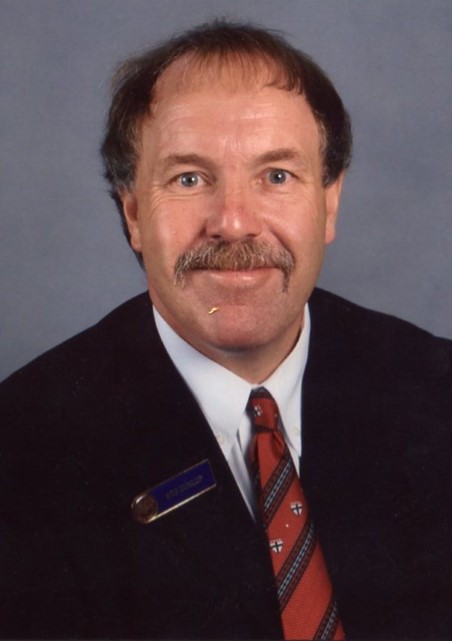
The Peer Support program began. Senior students, acting as friends and mentors, were linked with Level 7s.
Blackwood Annexe was established. Staffed from DSC by teachers David and Julie Hayes and Michael Murphy, Blackwood was a venue where students who were struggling with mainstream schooling were given an alternative program for six months.
1995
Mrs Lois Juratowich was appointed Assistant Principal to act in conjunction with Mr Wagner.
The quadrangle area between E wing and the junior science rooms was enclosed to provide a large locker area. Moving Levels 7 to 10 lockers here greatly eased the congestion in the corridors, which had previously been lined along one side with student lockers.
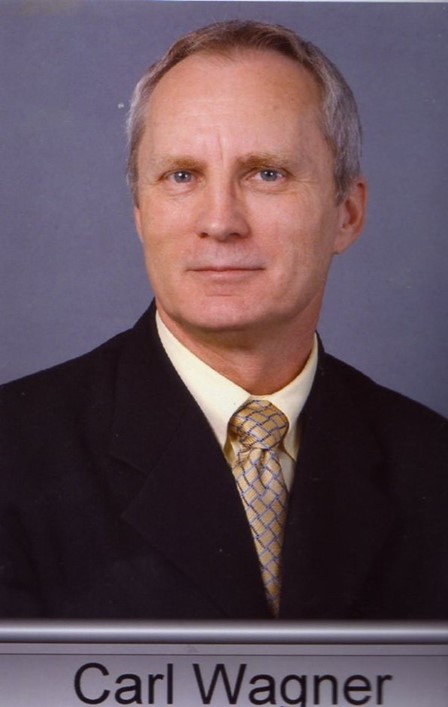
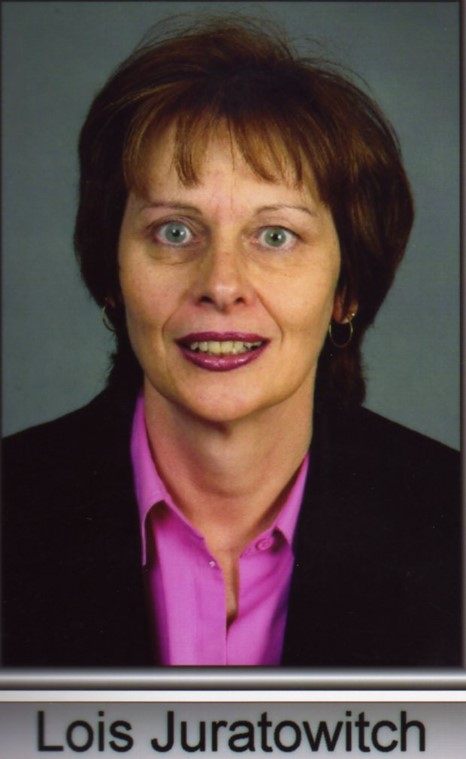
1996
Tournament of Minds began.
“Robin the Hood” was the school production.
1997
School Fete held to help raise money for proposed new stadium.
“2061, a Space Idiocy” was the school production.
1998
“In Drouin Tonight – Live At The Audo” was a college production that harked back to the variety shows of the past.
1999
Premier Jeff Kennett visited.
“Wizard of Oz” production.
College jackets were introduced as a new item of college uniform. The College Captains, and House Captains received jackets with their names embroidered on the back. These were generously provided by Parents and Friends group.
The HPV (Human Powered Vehicle) program started. Construction of a HPV began, with the intention of entering in various interschool competitions.
CFA Cadets began. This group was associated with the local fire brigade, members of which provided advice and training.
ISCF group changed to FISH (Fellowship In School Hours)
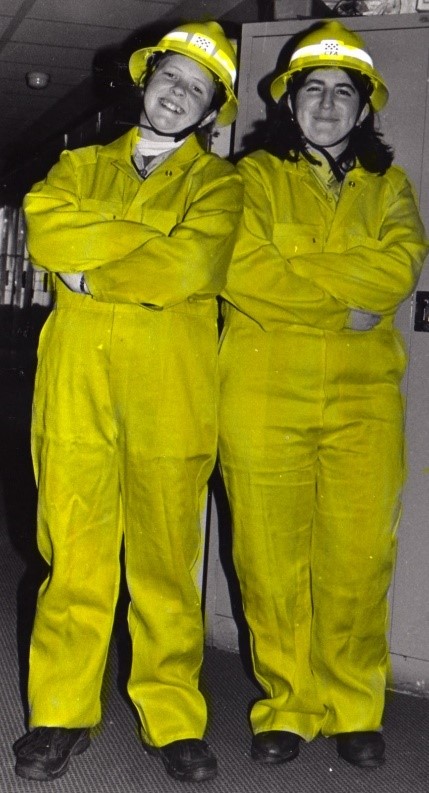
2000
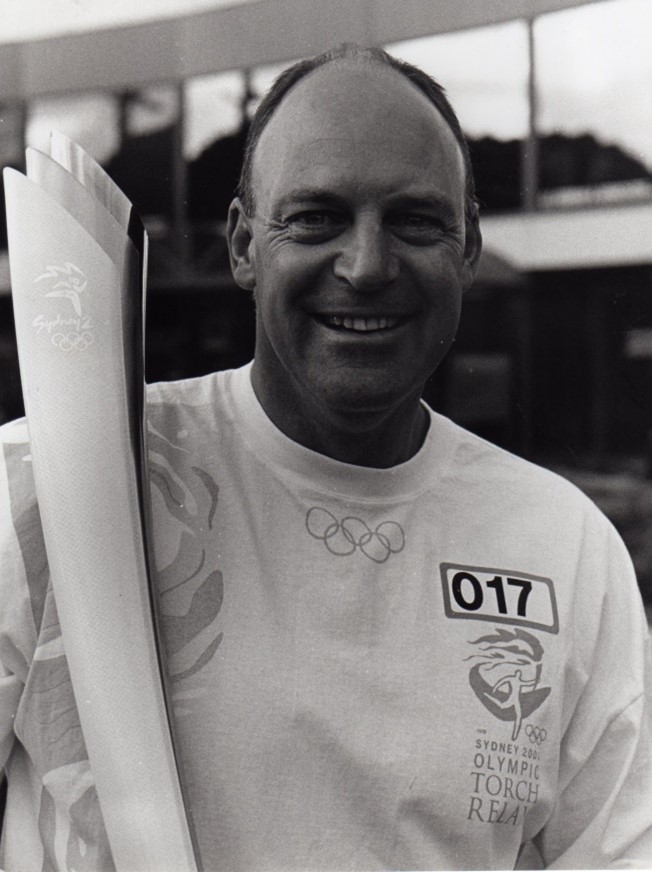
Sydney 2000 Olympic torch relay passed through the Drouin town centre and was carried on one section by teacher, Andrew Marks.
2001
Outdoor Education subject began.
The first of many trips to China by local students and teachers as part of short exchange program began. It gave students from both countries a taste of each others culture.
“Oliver” was the school production.
2002
A new Music Centre, built next to the Auditorium opened. The new Office /Admin areas at bus loop end of A wing were in use. Upgraded staff social area and work rooms were functioning.
After many years of Parents and Friends fundraising and generous financial support of parents, students, staff and community organizations, the new stadium next to Staff car park opened. It was officially named the “Lyn Kelly Stadium” after a long serving College Council Chairperson and parent. Gone were the days of assemblies with students and staff in a draughty quadrangle.
Construction began on a new Art Wing. This incorporated the “old” gym into its design.
2003
VCAL (Victorian Certificate of Applied Learning) was introduced for a trial group of 20 year 11s. This had a TAFE component, and one day a week was spent in the workforce.
“Back To The 80s” production.
Dance and Music were now available at VCE level.
New 5 room Art Centre opened. This purpose built facility catered for the Visual Arts ; Art Graphics, Textiles, Ceramics.
2004
“Spectacular, Spectacular” production
Mr Carl Wagner retired as Assistant Principal.
Mr Alan Marr began as Assistant Principal.
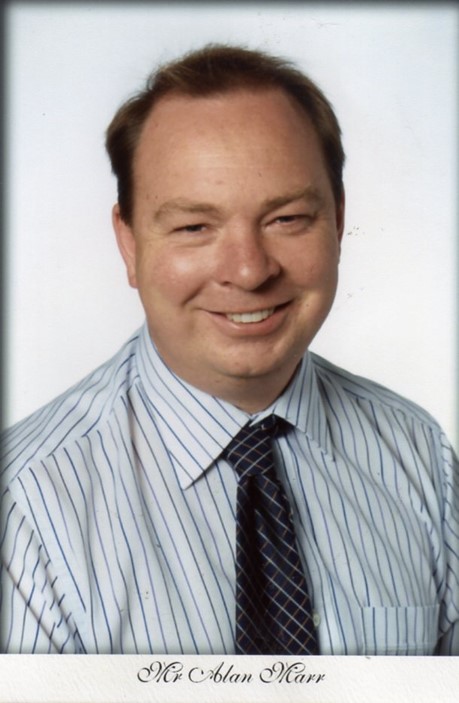
2005
Mrs Lois Juratowitch retired as Assistant Principal. Mrs Amanda Smith was appointed Assistant Principal.
Whole school approach to litter problem was initiated. “Don’t Be a Litter Critter!” was the cry. A Litter Meter was mounted above the student entrance to the school. It indicated how messy the school yards were.
“Pirates of Penzance” was the college production
Development of a new Home Economics centre in E wing began.

In conjunction with the feeder schools, DSC implemented the “You Can Do It” program which aimed to build student organisational skills, resilience and the ability to work well with others.
2006
The new Science block was built on the tennis court area. It consisted of 5 classrooms, staff preparation area and a computer pod. The tennis/basketball courts were rebuilt next to Lyn Kelly stadium.
The “S” room portables were moved and reconfigured to create a new “S” Wing, where the Rural Studies used to be. The new “S” wing was designated an English faculty area.
The “N” portables (near oval, to left of road to canteen) were moved and reconfigured to create a new “N” Wing to the east of the Cafeteria, and at the back of the main oval. This was designated a Maths faculty area.
Construction began on the Moondah Learning Centre which was to go where the “N” portables used to be next to the main oval and the Stadium.
Computer rooms in E wing were renovated and reconfigured to include an IT area, two computer classrooms and a computer pod.
The College was reviewed by the Department of Education. The Review was very positive and led to the development of a new Strategic Plan that covered the next 3 years.
2007
820 students
Mr Rod Dunlop retired at the end of Semester 1
Mr Shane Wainwright was appointed principal.
Ms Deb Gentle and Mr Rob Monk were appointed Assistant Principals.
The College celebrated its 50th year.
The Year 7s were the first to use the new Moondah Centre. This area provided teachers and students with a large open teaching space and state of the art technology. Several classes were run at the same time, coming together for instruction and information, then dividing to do group or individual work.
“Bats” was the school production.
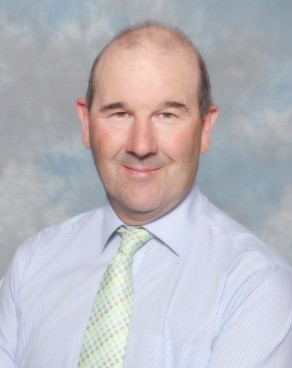
2008
The Library moved into temporary residence in the newly finished VCE area while construction of the new Library /Careers centre began. This facility would take in the southern end of A wing, including the old student toilet block and breezeway.
Two new smaller student toilet blocks were already completed and a third would be provided with the new Library /Careers area.
2009
“Once Upon a Mattress” was the school production.
At the beginning of Term 2 the new Library and associated Careers area were up and running. This was the end of six years of the school having major construction done somewhere around the buildings. Hopefully the days of mud and barriers seeming to be everywhere were at an end.
Optional laptop classes at Year 7 and 8 were introduced.

2010
More than 910 students.
The format of the college day was changed and reduced from six periods to four periods. This would help reduce the amount of movement students and staff made between classes.
Electives for Year 8 were introduced.
SURFF ( Silent Uninterrupted Reading For Fun) program began across the school.
The Laptop program was extended and all Year 10s were provided with net books.
Sources
Vision and Realisation produced by the Education Department
The Highway Central Classes magazine 1953, and 1954
Woorail Drouin High School magazine 1956 to 1960
Proteus Drouin High School magazine 1969 to 1970
Proteus Drouin Secondary College magazine 1975 to 1979, and 1981 to 2011
Drouin High School Silver Jubilee Reunion Edition insert in Warragul Gazette 1982
Drouin Secondary College Golden Jubilee Edition insert in Warragul Gazette 2007

